Creating a relaxing outdoor living space is a wonderful way to extend your home and enjoy nature while still having the comforts of indoor living. Whether you have a large backyard or a small balcony, a well-designed outdoor area can serve as a tranquil retreat, perfect for unwinding after a long day, entertaining guests, or simply enjoying the beauty of your surroundings. Here’s a comprehensive guide to help you design and create your ideal outdoor oasis.
1. Define Your Space
The first step in creating a relaxing outdoor living space is defining the area you want to transform. Consider the following:
Determine Your Needs:
- Purpose: Decide how you will use the space. Do you want a cozy spot for reading, a dining area for family gatherings, or a serene retreat for meditation?
- Size and Layout: Measure the area to understand the available space. Consider how much room you have for furniture, plants, and other elements.
Set a Budget:
- Establish a budget for your project. This will help you prioritize features and choose materials and furnishings that fit within your financial plan.
2. Design Your Layout
Designing a functional and aesthetically pleasing layout is key to creating a relaxing outdoor space.
Create Zones:
- Seating Area: Include comfortable seating such as sofas, armchairs, or outdoor lounge chairs. Consider adding cushions and throws for extra comfort.
- Dining Area: If you plan to entertain, include a dining table and chairs. Choose weather-resistant materials for durability.
- Relaxation Area: Incorporate elements like hammocks, swings, or a fire pit for relaxation and enjoyment.
Consider Traffic Flow:
- Ensure there is ample space for movement between different zones. Avoid cluttering the area with too much furniture or décor.
3. Choose Comfortable and Durable Furniture
Furniture is a central element of any outdoor living space. Choose pieces that are both comfortable and durable.
Materials:
- Teak: Known for its durability and resistance to weather, teak is a classic choice for outdoor furniture.
- Wicker: Synthetic wicker is weather-resistant and comes in various styles and colors.
- Metal: Powder-coated aluminum or steel is sturdy and often lightweight.
- Cushions: Opt for cushions made from water-resistant or quick-dry fabrics to withstand the elements.
Arrangements:
- Arrange furniture to create conversation areas and promote interaction. Ensure that seating is comfortable and positioned to take advantage of views.
4. Incorporate Lighting
Lighting enhances the ambiance and functionality of your outdoor space, allowing you to enjoy it after dark.
Types of Lighting:
- Ambient Lighting: Use overhead lights or lanterns to provide general illumination. String lights and pendant lights add a warm, inviting glow.
- Task Lighting: Place lights near the dining area or BBQ for practical use.
- Accent Lighting: Highlight features such as plants, sculptures, or pathways with spotlights or uplights.
Solar-Powered Options:
- Solar lights are an eco-friendly choice that requires no wiring and provides soft, decorative illumination.
5. Add Greenery and Plants
Plants bring life and vibrancy to your outdoor living space. Choose a mix of greenery to create a lush and inviting atmosphere.
Types of Plants:
- Low Maintenance: Opt for hardy plants like succulents, lavender, or ornamental grasses that require minimal care.
- Climbers and Vines: Use climbing plants like ivy or wisteria to cover trellises or pergolas, adding privacy and shade.
- Seasonal Blooms: Incorporate annuals or perennials for color and fragrance throughout the seasons.
Containers:
- Use decorative pots, planters, or hanging baskets to add greenery in various heights and locations.
6. Incorporate Water Features
Water features add a calming sound and aesthetic appeal to your outdoor space.
Types of Water Features:
- Fountains: A small fountain can provide soothing water sounds and serve as a focal point.
- Ponds: A garden pond adds natural beauty and can host fish and aquatic plants.
- Waterfalls: Incorporate a waterfall feature to create a dramatic effect and enhance relaxation.
7. Create Privacy and Shelter
Privacy and shelter make your outdoor space more comfortable and secluded.
Privacy Screens:
- Use outdoor curtains, bamboo screens, or trellises with climbing plants to create private areas.
Shelter:
- Pergolas: Provide partial shade and structure while still allowing light and airflow.
- Gazebos: Offer complete shelter and can serve as a focal point for dining or relaxation.
- Shade Sails: Offer modern and flexible shading options for various areas.
8. Add Personal Touches
Personal touches make your outdoor space uniquely yours.
Decor:
- Incorporate outdoor rugs, cushions, and throws in colors and patterns that complement your design.
- Use decorative elements like lanterns, sculptures, or outdoor art to add character and style.
Entertainment:
- Consider adding a sound system, outdoor TV, or a movie projector for entertainment.
- Include games or activities such as a fire pit for roasting marshmallows or a small outdoor bar for hosting guests.
9. Maintain Your Space
Regular maintenance keeps your outdoor living space looking its best and ensures longevity.
Cleaning:
- Regularly clean furniture, cushions, and surfaces to remove dirt and debris.
- Check and maintain any water features to prevent algae growth and ensure proper operation.
Seasonal Care:
- Prepare for seasonal changes by storing cushions and furniture during harsh weather or winter months.
- Prune and care for plants according to their specific needs and growth patterns.
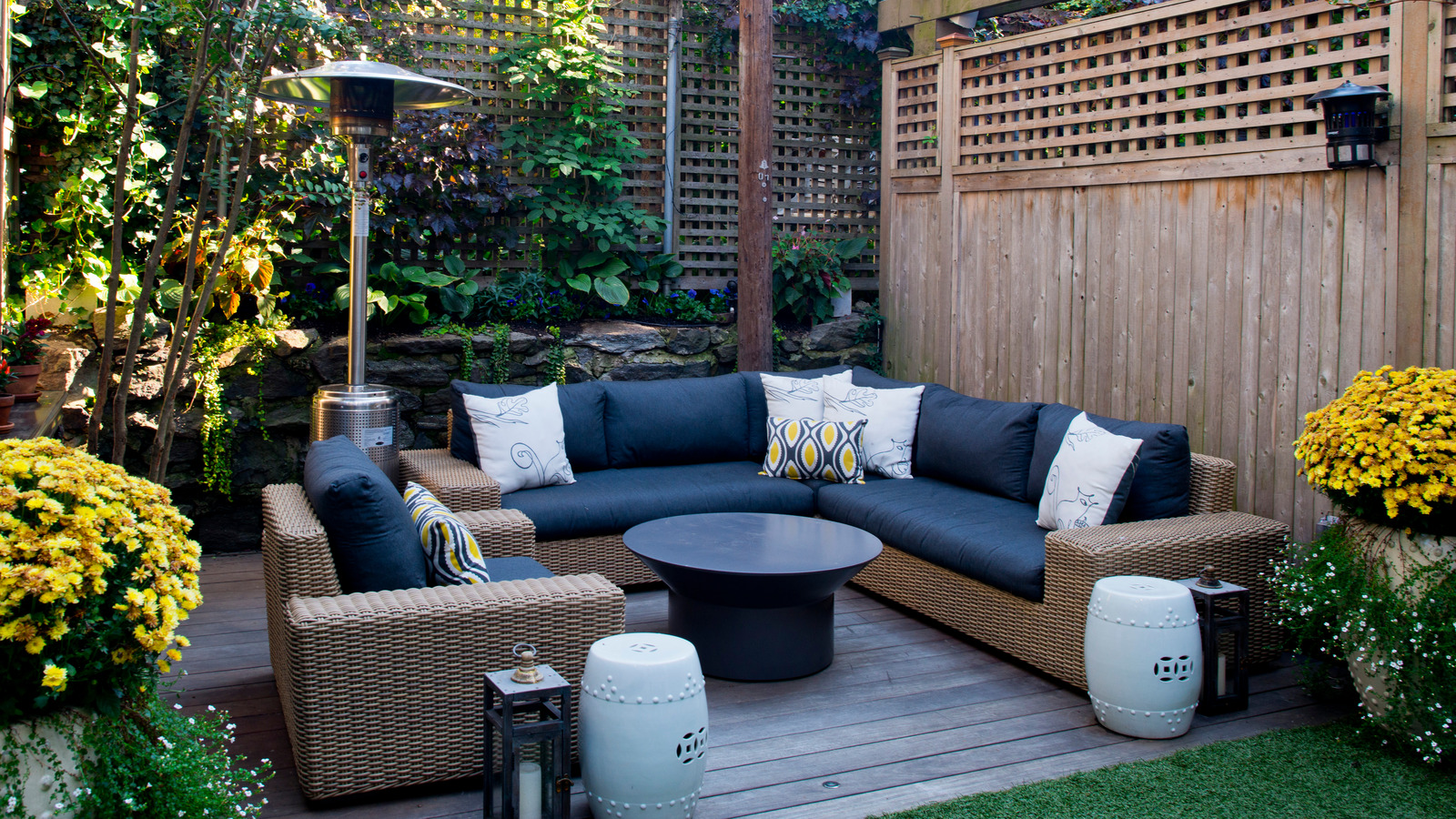
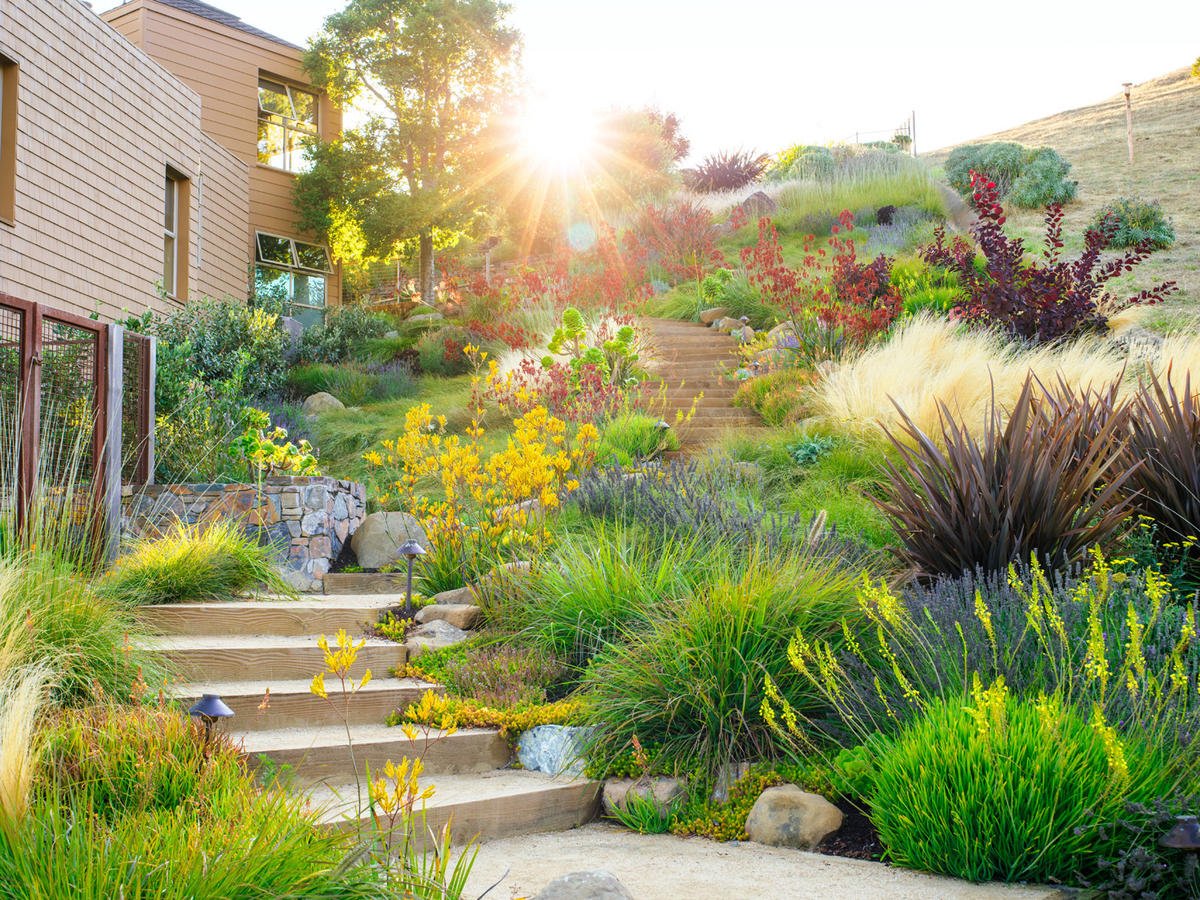
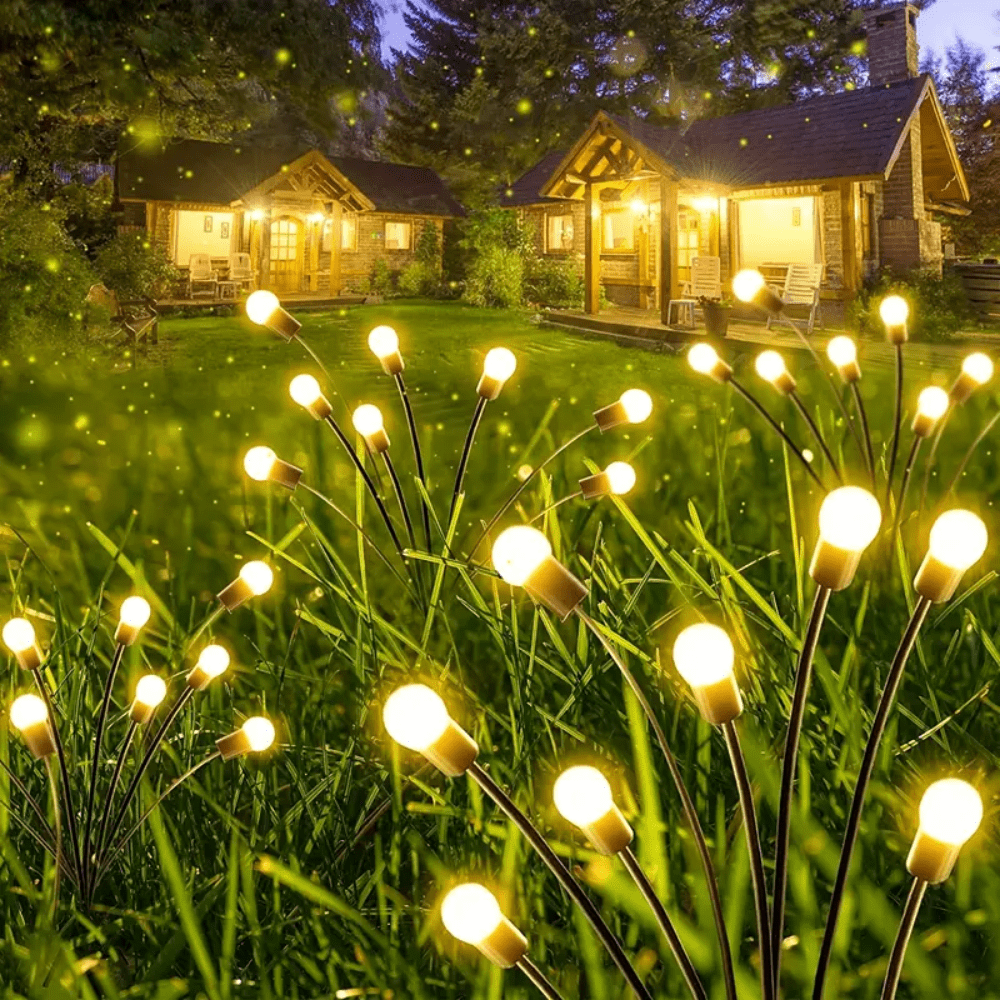
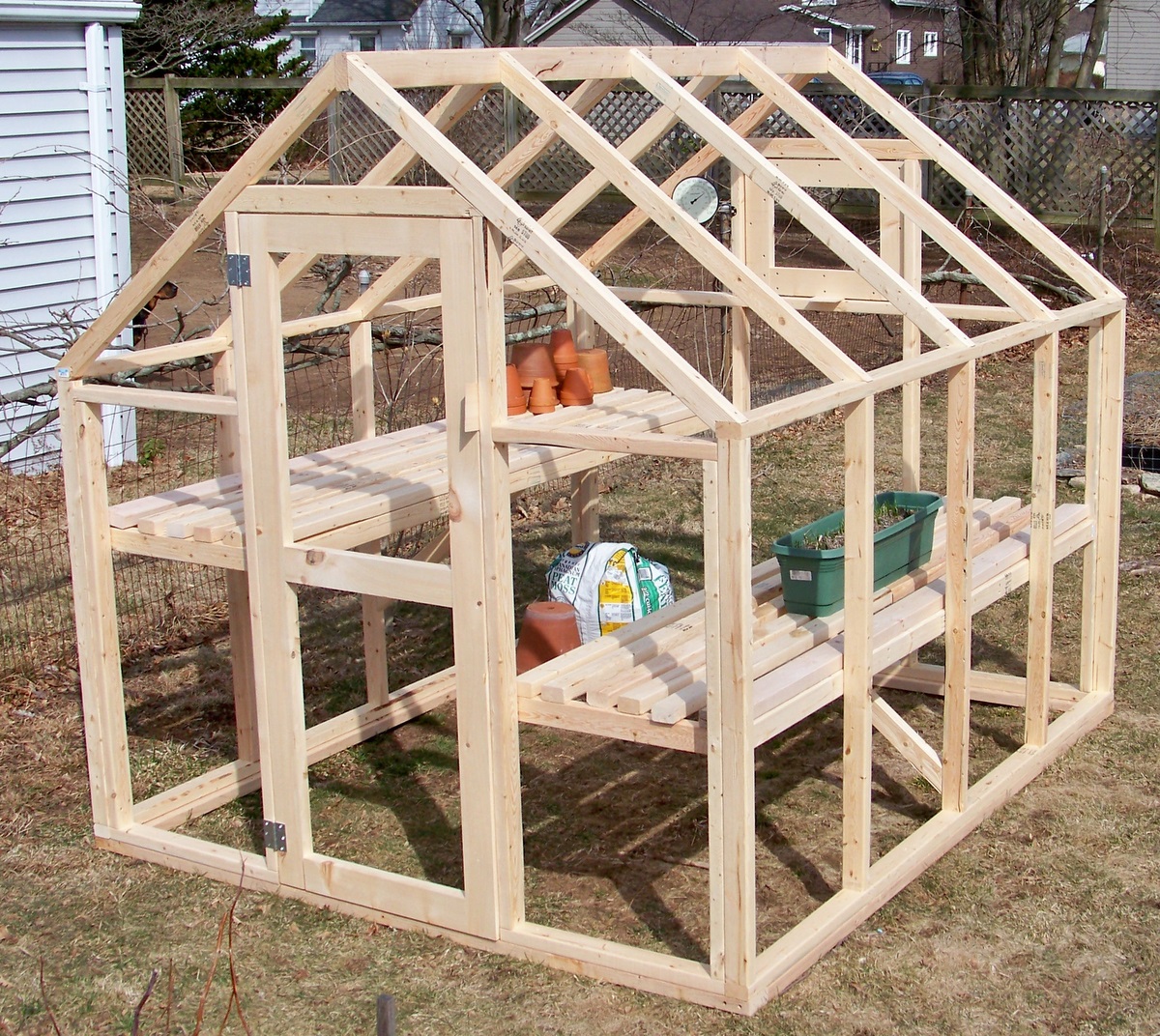
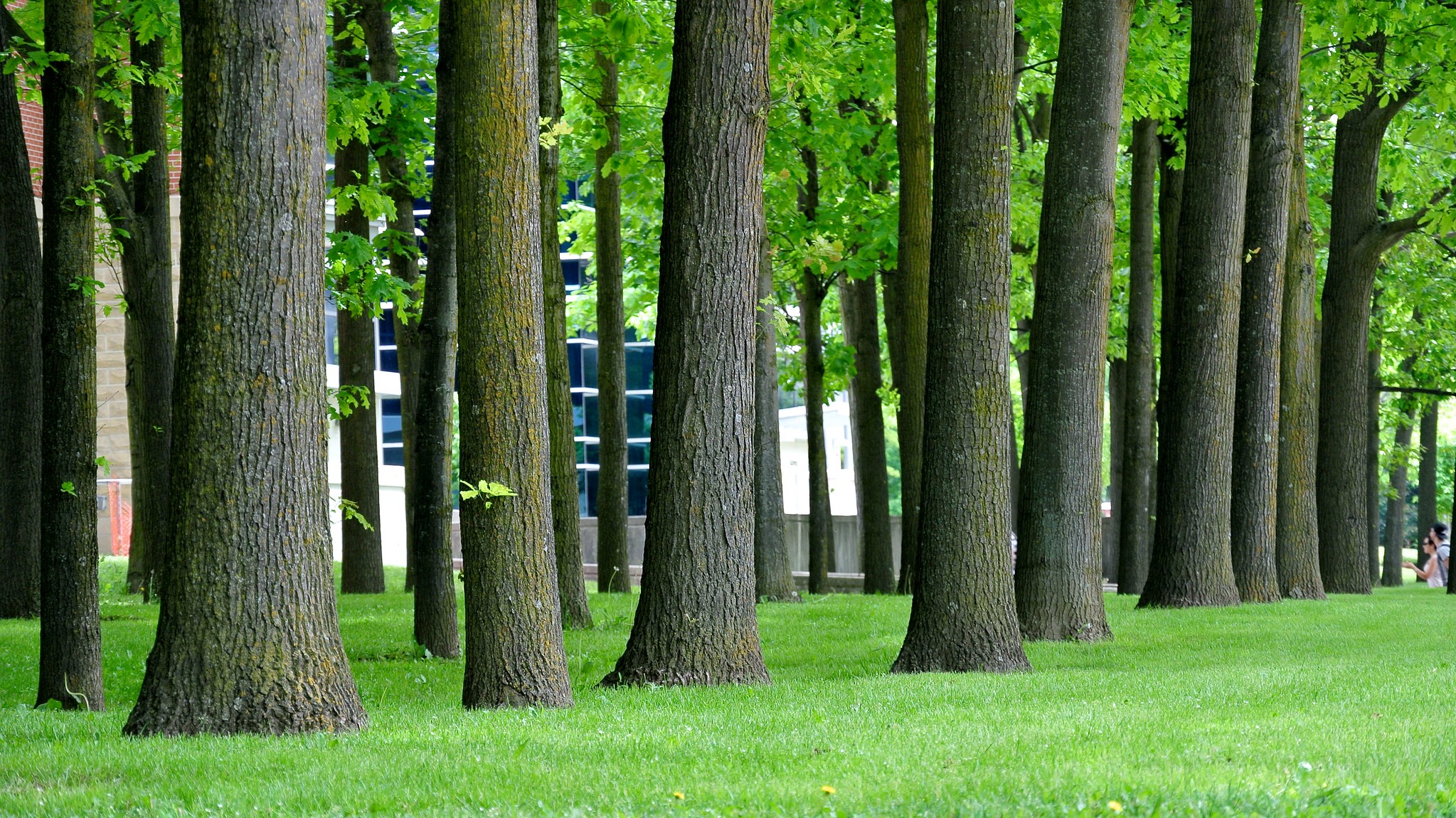
Leave a Reply